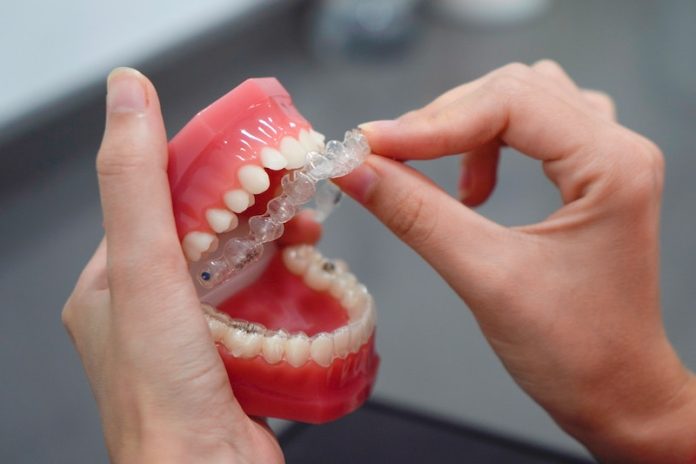
A toothache or finding a cavity is something most of us fear. Tooth decay, also known as dental caries, affects millions of people worldwide, causing pain, tooth loss, and sometimes even severe health issues.
Traditional treatments using fluoride have been the go-to solution for years, but they have limitations. They struggle to control the main culprit behind tooth decay, known as biofilm, while also protecting our tooth enamel.
This becomes a more significant problem for those at high risk, where tooth decay can be fast and severe.
A Surprising Discovery in Dental Care
A team of researchers, led by Hyun (Michel) Koo from the University of Pennsylvania’s School of Dental Medicine, teamed up with David Cormode from Penn’s Perelman School of Medicine and School of Engineering and Applied Science.
Together, they made an unexpected discovery in the battle against tooth decay.
A New Way to Fight Tooth Decay
Their research suggests that a combination of two substances, ferumoxytol (Fer) and stannous fluoride (SnF2), could be a powerful solution against tooth decay. This approach shows promise in effectively tackling tooth decay, especially in high-risk individuals.
Tooth decay occurs when harmful bacteria in the mouth form a sticky layer called biofilm on our teeth.
These bacteria produce acids that erode our tooth enamel, causing cavities and other dental problems. Traditional fluoride treatments help by strengthening the enamel and making it more resistant to acid attacks.
While fluoride treatments have been effective to some extent, they don’t fully control the biofilm in the mouth and protect the enamel at the same time.
This makes them less effective, especially for people at high risk of tooth decay, where the disease can spread rapidly.
A Promising Discovery
The researchers found that when they combined ferumoxytol (Fer) and stannous fluoride (SnF2), something remarkable happened. Fer helped stabilize SnF2, making it work better.
This combination also enhanced the ability to protect the enamel by forming a protective shield on the tooth’s surface.
Importantly, this new treatment did not harm the balance of good and bad bacteria in the mouth, nor did it have any adverse effects on the surrounding tissues.
A Holistic Approach to Dental Care
What makes this discovery exciting is that it takes a comprehensive approach to preventing tooth decay.
It doesn’t just target bacteria or enamel protection individually; it addresses both aspects simultaneously. This could revolutionize how we tackle tooth decay, especially in high-risk groups.
Apart from its promising role in dental care, this combined treatment might also help children who suffer from severe tooth decay and iron deficiency anemia. Using Fer could potentially address both dental and anemia concerns in these cases.
The Road Ahead
While these initial findings are promising, more research is needed to fully understand how Fer and SnF2 work together and how they can be used most effectively.
Scientists want to explore the exact mechanisms behind their synergy and how this combination can be applied to other areas beyond dentistry.
One significant advantage of this combined treatment is that it could quickly transition to clinical use.
Fer is already available as an iron oxide nanoparticle formulation. Using it in smaller doses topically could speed up its application without the lengthy process of new drug approvals.
The potential of this combination isn’t limited to dental care alone. Scientists are excited about the possibility of using this approach to combat other types of biofilms, opening up new avenues for various applications.
Conclusion
Tooth decay is a common dental problem affecting millions worldwide. Traditional fluoride treatments have limitations, especially in high-risk groups.
However, a groundbreaking discovery suggests that combining ferumoxytol (Fer) and stannous fluoride (SnF2) may provide an effective solution to combat tooth decay. This approach takes a holistic approach, targeting both bacteria and enamel protection.
While more research is needed, this discovery holds the potential to revolutionize dental care and could even have applications beyond dentistry.
If you care about dental health, please see recent studies about diabetes and gum disease, and results showing this diet could help treat gum disease.
For more information about tooth health, please read studies about best food for tooth and gum health, and how to prevent and reverse gum disease.
The research findings can be found in Nature Communications.
Follow us on Twitter for more articles about this topic.
Copyright © 2023 Knowridge Science Report. All rights reserved.



